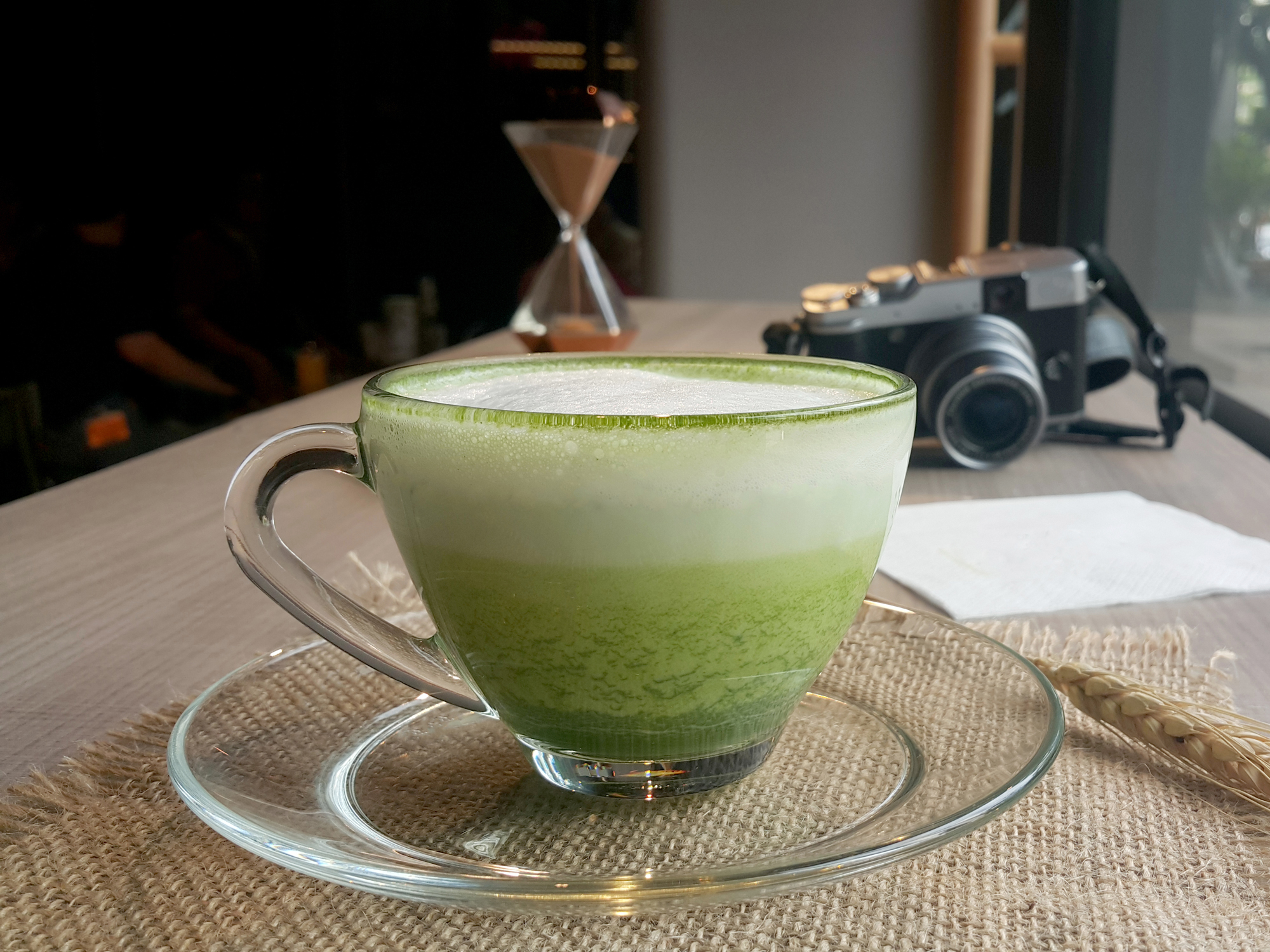Get Easy Health Digest™ in your inbox and don’t miss a thing when you subscribe today. Plus, get the free bonus report, Mother Nature’s Tips, Tricks and Remedies for Cholesterol, Blood Pressure & Blood Sugar as my way of saying welcome to the community!
Why you should drink matcha green tea

While living in Japan in the mid-90s I took a day trip to the seaside city of Kamakura.
The place is awe-inspiring and spiritual, with dozens of Buddhist Zen temples and Shinto shrines, and a huge Buddha statue that must be seen to be believed.
For me, this is where I was first introduced to Matcha, or powdered green tea. This special kind of Japanese green tea is made differently than normal green tea and boasts of over a thousand more anti-oxidant levels than its leafy counterpart. I found it bitter at first, but now drink it daily for its disease-fighting, detoxing, weight-loss and cancer-fighting power.
If you haven’t yet tried matcha green tea, you need to. Here’s why…
Why matcha is so powerful
Matcha powdered green tea is such a boon to health because of how it’s produced. Matcha is made from the entire green tea leaf. When you boil green tea you throw away the leaves, but this practice leaves most of the antioxidants out of the cup. Matcha is stone ground green tea, the entire leaf pulverized into a powder that contains all the antioxidants, amino acids, vitamins and minerals.
In fact, matcha has an antioxidant ORAC score of 1573, making one cup of Matcha green tea equal to 10 cups of regular green tea. The ORAC score is about the antioxidant power of a food regardless of its nutritional content. However, the most nutritious foods, and many “superfoods,” do indeed hold the highest ORAC values.
Part of the reason matcha’s ORAC score is so high is that it contains catechins, and one in particular known as EGCg (epigallocatechin gallate), which protects against and counteracts free radical damage to our cells causing DNA damage.
Catechins, body fat and cholesterol
In a study published in the American Journal of Clinical Nutrition, researchers investigated the effect of catechins (the major component of green tea) on body fat reduction and LDL cholesterol reduction.
For the 12 week double-blind study, Japanese men with similar body mass index (BMI) and waist circumference were divided into two groups. One group consumed a bottle of oolong tea infused with green tea extract, containing a whopping 690mg catechins, while the other group consumed a bottle of regular oolong tea containing only 22mg catechins (the control group).
The results were significant. The green tea extract group had significantly lower body weight, BMI, waist circumference, body fat mass and subcutaneous fat compared to the control group. These results lead researchers to conclude that consumption of catechins “might be useful in the prevention and improvement of lifestyle-related diseases, mainly obesity.” But there’s more…
Matcha’s many other benefits
Matcha green tea is so rich in many things that it provides a great deal more benefits.
- Matcha’s fiber and catchins provide weight loss and LDL cholesterol reduction
- Matcha’s chlorophyll is a main element of matcha and is a natural odor eliminator, and helps detox heavy metals and chemicals from the body.
- Matcha supplies vitamin C, selenium, chromium, zinc and magnesium
- Matcha is high in the amino acid L-Theanine, which promotes relaxation and wellbeing while boosting concentration and memory and reducing stress through its action on the brain.
- Matcha has been shown to reduce the risk of heart disease, here and here.
Conclusion
With all this going for it, there is no reason to not give matcha green tea a try. You’ll love it and it should become part of your daily consumption routine. Is there an easier way to protect yourself from disease and lose weight, too?
Editor’s note: Sometimes it can be confusing knowing what’s good for you and what’s not. Take the 38.6 million Americans who take a single drug every day that’s robbing their brain of an essential nutrient required for optimal brain health. Are you one of them? Click here to find out!












